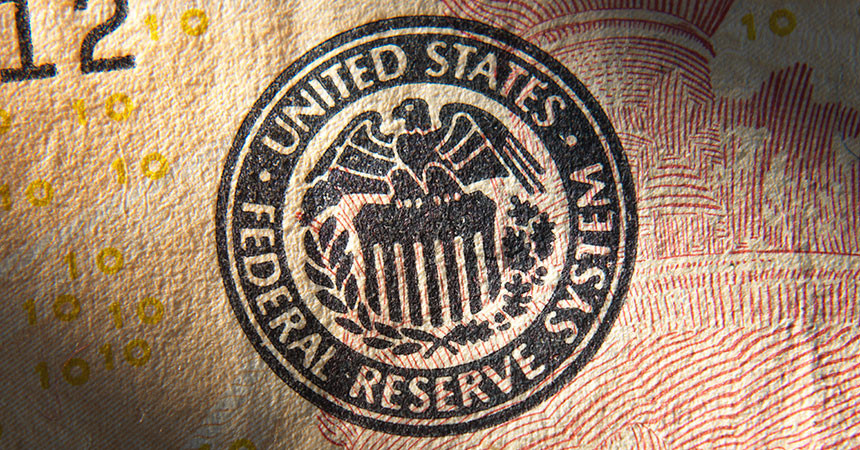Higher interest rates could give savers a slight bump in 2018, but borrowers could find themselves digging deeper into their pockets.
With the Federal Reserve expected to hike its benchmark rate at least three times this year, savers could finally see interest rates on their deposits creeping back up — but the flip side is that credit card borrowers will pay slightly more, and the small minority of homeowners who have adjustable-rate mortgages today should seriously consider refinancing.
“2018 will be better for savers,” said Greg McBride, chief financial analyst at Bankrate.com. “I’m expecting you’re going to finally see some movement in deposit yields.”
But while credit card issuers will do a straight pass-through of rate increases to borrowers, an increase in savings rates for depositors will be slower and more piecemeal.
“Deposit interest rates will move up somewhat, but they will lag any Fed rates hikes and may not be as large as the Fed rate hikes,” banking consultant Bert Ely told NBC News.
Higher interest rates could eventually prompt investors, especially those nearing retirement, to shift more of their money out of the stock market and other higher-risk assets, although market-watchers say this won’t happen in any significant way until after 2018, assuming the Fed’s rate trajectory remains the same. The three-quarters of a percentage point by which most experts expect the Fed to increase rates isn’t big enough by itself to move the needle.
“We are still looking at very low rates, so any impact of people moving less into equity markets would be very small and would be at the margin,” said Luke Tilley, chief economist at Wilmington Trust.
This year, savers are more likely to get higher returns on their money if they check out online and small community banks and credit unions.
“People who are willing to shop around and move their money around will be able to find better deals,” Rehling said.
The downside of higher rates is likely to be more widespread: Interest rates that aren’t fixed — on credit cards, home equity lines of credit and adjustable-rate mortgages — will increase, meaning that borrowers will pay more in 2018 to service their debt.
“Credit card borrowers would see an impact and then, ultimately, you might see some impact on vehicle loans,” said Mark Zandi, chief economist at Moody’s Analytics.
Borrowers could expect to see their credit card APRs — and payments — increase quickly, within a month or two after a rate hike. While the amount wouldn’t be very large in nominal terms, Zandi expressed concern that people who are already having a tough time making ends meet could be hit the hardest.
“People who borrow on their cards tend to be a little more stretched financially — every dollar counts. Higher credit card rates probably may have the biggest impact on the folks who are the most vulnerable financially,” he said.
The bigger impact will be on homeowners with adjustable-rate mortgages, and those who took out home equity lines of credit when the real estate market first began to rebound and which are nearing the end of their draw period, when payments switch from being interest-only to including principal as well, McBride said.
“If you have an adjustable rate mortgage, that’s a danger zone… You could get a real whopper of a payment increase,” he said, pointing out that the long-term trend towards the Fed normalizing — that is, raising — interest rates could leave homeowners with an annual adjustment paying increasingly higher amounts in the coming years.
“This is not one and done,” he told NBC News. For people borrowing against their homes on an adjustable rate, switching to a fixed-rate loan should be a serious consideration, said McBride. “Refinance now and get off the train tracks,” he said.
Of course, as economists noted, this is assuming the Fed raises rates three times. Most experts say there’s an outside chance that negative economic data makes policymakers skittish about raising rates that much — and an even smaller outside chance that an unexpected surge in inflation could prompt them to raise rates more quickly to tamp down any overheating in the economy.
“It’s anyone’s guess as to how much the Fed will push up its rate target next year given, among other factors, the uncertainty as to how much, if at all, the just-enacted tax cuts overstimulate the economy,” Ely said.
by MARTHA C. WHITE, NBCNews.com

